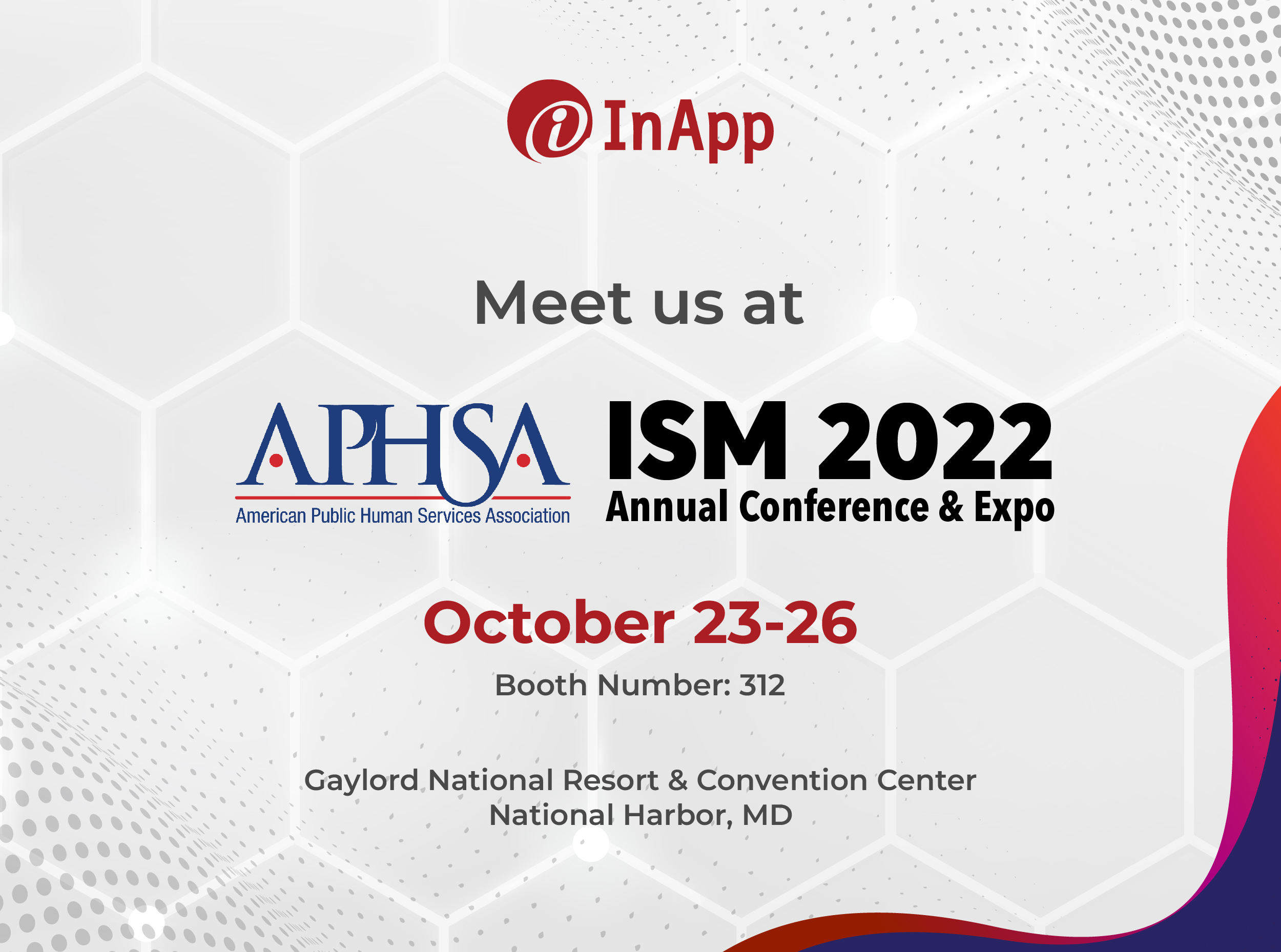With businesses generating vast amounts of data and needing to gain insights from these data modern data architecture has become the buzzword in the industry. Considering the volume and variety of data, it’s not wrong to say that traditional data management approaches have become obsolete.
This blog post will explore the key components of modern data architecture and how it helps businesses gain a competitive edge. We will also discuss the benefits of embracing modern data architecture and provide tips and best practices for mastering it in your organization.
Let’s dive in.
What Is Modern Data Architecture?
Modern data architecture refers to the design and development of data infrastructures that can collect, store, process, and analyze large chunks of data from various sources in real-time or near-real-time. Compared to traditional data architecture, which had its limitations, modern data architecture relies on newer technologies such as cloud-based data lakes, NoSQL databases, and advanced analytical tools like machine learning and artificial intelligence to collect and analyze data in real-time or near-real-time.
The components of modern data architecture can be broadly classified as data pipeline, data storage, data processing, data governance, and data visualization. Here is a brief overview of the various components of modern data architecture.
1. Data Ingestion: Data ingestion is the process of bringing together data from various sources and compiling it into a single view. It includes data collection, refinement, storage, analysis, and delivery. It can be accomplished using technologies such as ETL and APIs.
2. Data Storage: Data storage requires a scalable, flexible, and cost-effective way to store information. Unlike traditional data architecture, modern data architecture often uses cloud-based data storage technologies, such as data lakes or data warehouses, to store and manage data. It is important to note that not all modern data architecture uses cloud storage. Instead, some may use public, private, or hybrid clouds to provide agility.
3. Data Processing: This component involves the ability to process and analyze data in real-time or near-real-time. It is achieved using technologies such as machine learning, artificial intelligence, and big data processing tools.
4. Data Governance: Data governance refers to the implementation of policies and procedures to ensure that data is accurate, consistent, and secure. This component might also include data quality and data security processes.
5. Data Visualization: The capability to process and analyze data in real-time or nearly so is an essential component that leverages technologies such as machine learning, artificial intelligence, and big data processing tools.
6. Data Analytics: The goal of modern data architecture is to better analyze and interpret data to gain insights and make informed decisions. Technologies such as machine learning algorithms and predictive analytics tools are leveraged to analyze the collected data.
Benefits of Embracing Modern Data Architecture on the Cloud
These key benefits make modern data architecture far more advantageous than traditional data architecture.
1. Improved Scalability
Unlike traditional data architecture, modern data architecture is capable of leveraging technologies like cloud storage, elastic computing, and data virtualization that offer improved scalability. By leveraging these technologies, businesses can be better equipped to manage the increasing volume of data, which can aid in meeting their customers needs more effectively, improving operational efficiency, and fostering growth and innovation.
2. Reduce Latency in Hybrid Environments
By leveraging distributed data processing frameworks that can handle large volumes of data in real-time, the need for data to be moved between systems is greatly reduced. As a result, the corresponding decreased latency in hybrid environments allows organizations to process and analyze data more quickly and efficiently.
3. Improved Agility
Modern data architecture relies greatly on cloud-based technologies and microservices-based approaches to improve agility. Additionally, modern data architecture also breaks down data silos to promote data sharing across various teams in a secure and controlled manner, which can enable faster decision-making.
4. Get AI-Ready Data In Your Lake
Modern data architectures implement a data lake architecture optimized for AI and machine learning workloads. A common practice is to utilize cloud storage for storing and managing large volumes of structured and unstructured data, along with implementing techniques like data cataloging, metadata management, and data governance to guarantee data quality and consistency. By having data that is ready for AI workloads, organizations can provide data scientists and other stakeholders with access to high-quality data that can be used to train machine learning models, perform data analytics, and gain valuable insights with ease.
Implementing Modern Data Architecture in Your Organization
Although modern data architecture brings many benefits to businesses, implementing it requires significant technical expertise. Additionally, companies should take into account a variety of technical and organizational considerations, such as choosing the appropriate cloud-based platform, designing a data lake architecture, adopting a microservices-based approach, breaking down data silos, and much more.
To help organizations navigate these complex issues and successfully implement a modern data architecture, our Chief Technology Officer (CTO) Mr. Anil Saraswathy hosted a deep dive webinar on the topic on April 24, 2023.
This webinar covers best practices, tips, and real-world examples of modern data architecture implementations, providing attendees with actionable insights and strategies for success.
If you’re interested in learning more about modern data architecture or have any questions, feel free to contact us.
